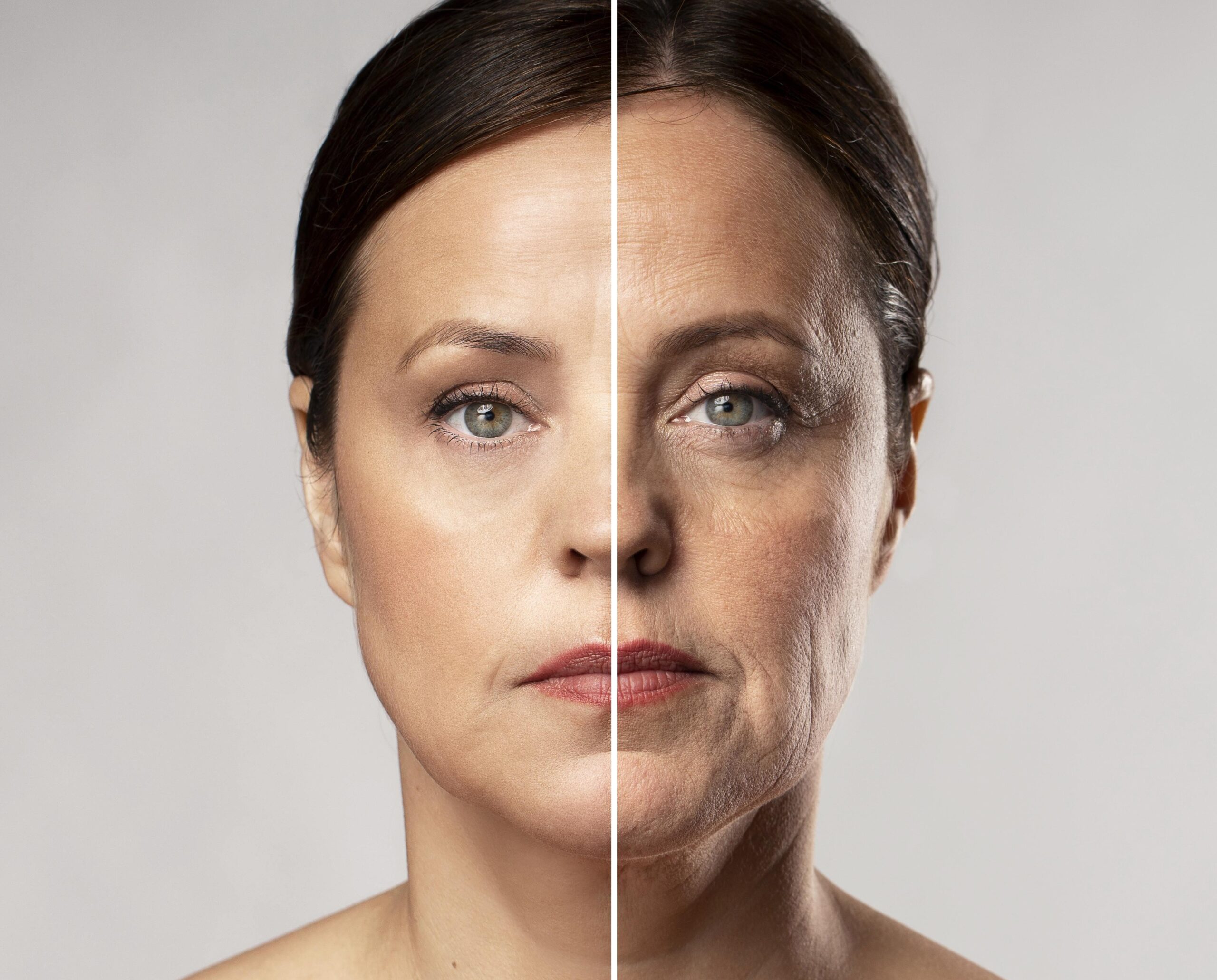
Exploring New Mechanisms of Skin Aging: The Role of Mitophagy and Extracellular Vesicles

A recent study by researchers from the University of Innsbruck, Austria, sheds new light on the mechanisms underlying skin aging, particularly in relation to mitochondrial quality control. Co-author Ines Martic will join the upcoming “Skin Ageing & Challenges” conference in November to present these innovative findings.
The research addresses the two types of skin aging: “intrinsic aging,” which results from physiological and genetically determined changes, and “extrinsic aging,” influenced by external factors like sun exposure, smoking, and diet. UVB radiation, a significant contributor to extrinsic aging, is known to cause skin damage by generating free radicals and oxidative byproducts, which can lead to DNA damage. Accumulation of senescent cells in the skin is considered a hallmark of aging, with mitochondria playing a crucial role in the development of cellular senescence, especially stress-induced senescence.
This study reveals that mitochondria damaged by UVB irradiation in human dermal fibroblasts (HDF) are eliminated through a process called NIX-dependent mitophagy. This process is critical for cell survival under UVB-induced stress conditions. The research also demonstrates that UVB irradiation of HDFs induces the shedding of extracellular vesicles (EVs), a process significantly enhanced in cells where NIX is depleted. These findings position NIX as the primary mitophagy receptor involved in UVB-induced senescence and suggest that the release of EVs may serve as an alternative mechanism for mitochondrial quality control in skin cells.
Join us at the “Skin Ageing & Challenges” conference in November to hear more from Ines Martic about this research and its implications for understanding skin aging and developing new therapeutic strategies.
Did you like the news ? Please share it with your circle.